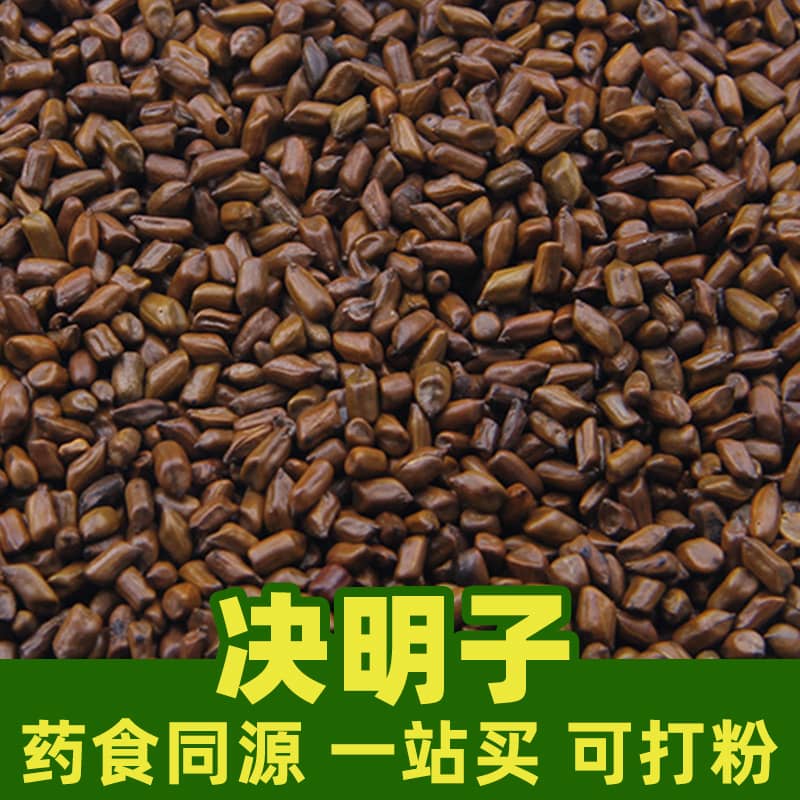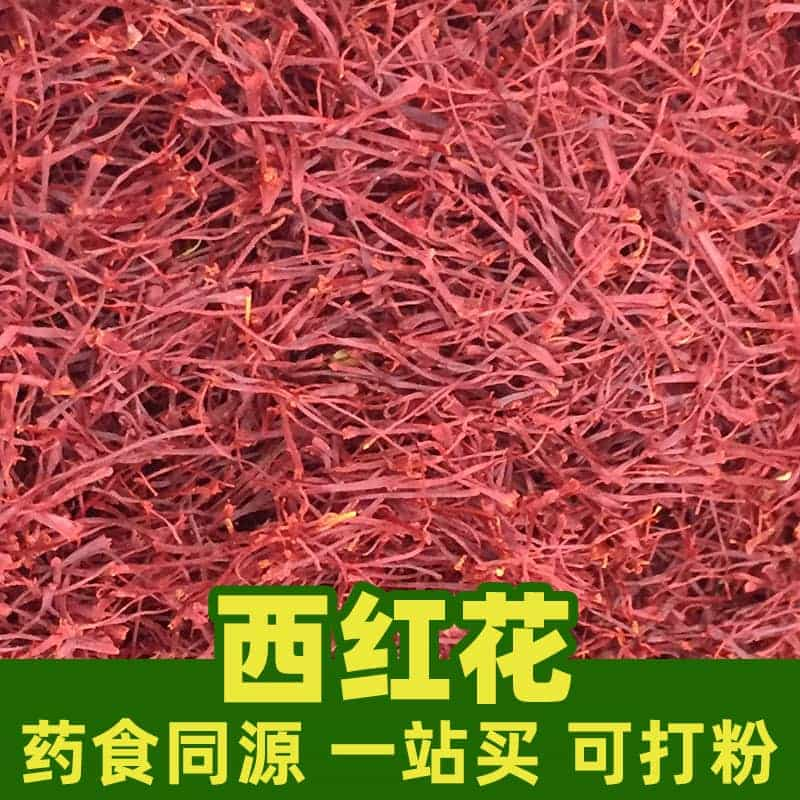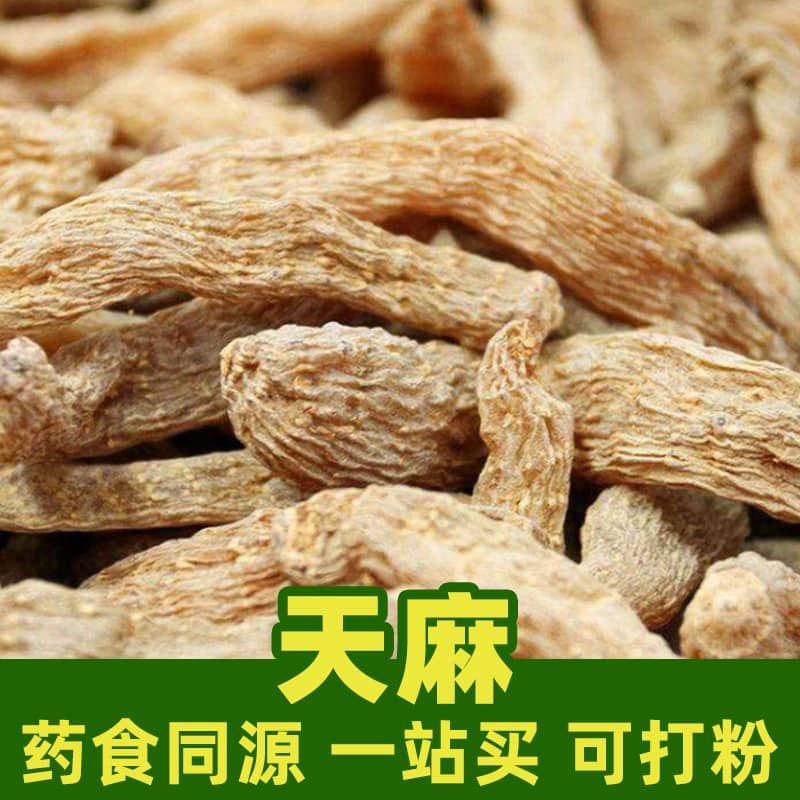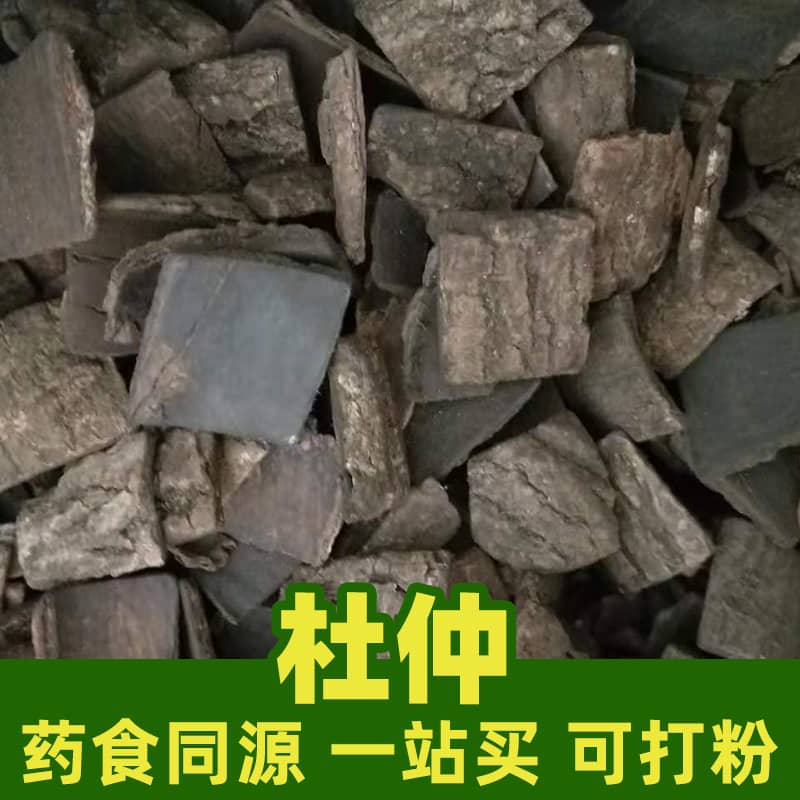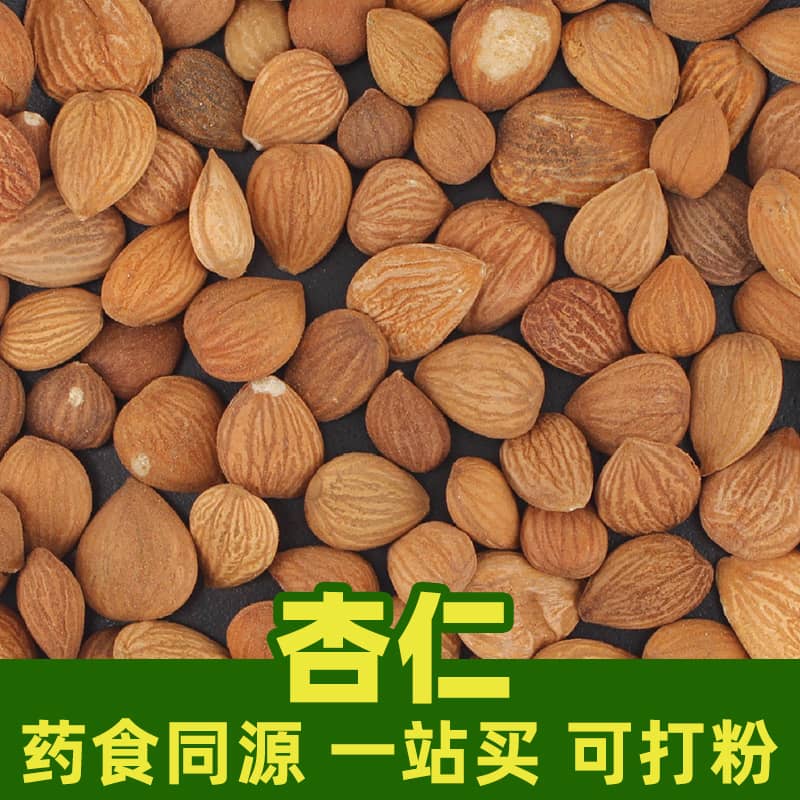Product Introduction
Job's tears is a grain-like seed that is round or oval in shape. It's typically white or light yellow with a smooth outer layer. The interior consists of a hard inner seed coat and a fleshy endosperm.
Job's tears primarily comes from the coix plant (scientific name: Coix lacryma-jobi), a perennial herb. It is widely distributed across Asia, including China, Japan, and Korea.
Job's tears are rich in protein, starch, fiber, and amino acids. Additionally, they are high in vitamin B, vitamin E, minerals, and plant sterols.
Job's tears have the functions of promoting urination, invigorating the spleen, and clearing heat. It is commonly used in both traditional Chinese medicine and food.
Main Active Ingredients
Job's tears are rich in nutrients, primarily including protein, starch, fiber, and amino acids. Additionally, job's tears are high in vitamin B, vitamin E, minerals (such as magnesium, potassium, and zinc), and plant sterols.
Product Applications and Dosage
Job's tears are commonly used in traditional Chinese medicine and food. In traditional Chinese medicine, job's tears have the functions of promoting urination, invigorating the spleen, and clearing heat, and are often used to treat conditions related to dampness, heat, and spleen deficiency. In food, job's tears can be processed into powder, bread, pastries, and other grain-based foods.
When using job's tears, they can be cooked, fried, or used as an ingredient in various dishes. In traditional Chinese medicine, it is recommended to use about 10-30 grams of job's tears at a time, but the dosage may vary depending on the individual's condition. When using job's tears in food, the amount can be adjusted according to the specific recipe.
Plant Introduction, Distribution, and Growth Environment
Job's tears primarily comes from the coix plant (scientific name: Coix lacryma-jobi), a perennial herb. It is widely distributed across Asia, including China, Japan, and Korea. The coix plant prefers a warm and humid climate and is relatively adaptable.
Harvesting, Processing, and Storage
Job's tears are typically harvested when the fruits are mature. After harvesting, job's tears need to be cleaned, dried, and processed. Dried job's tears should be stored in a dry, cool place, away from direct sunlight. They can also be stored in airtight containers to prolong their freshness.
Monica Sun is a seasoned expert in the natural raw materials industry, with over a decade of experience specializing in traditional Chinese medicinal herbs, spices, and fungi. She is skilled in the sourcing, processing, and application of these materials, emphasizing sustainability and innovation. Monica Sun has contributed to the development of high-quality natural raw materials that serve as essential components in functional foods, pharmaceuticals, and cosmetics, delivering tailored solutions to meet diverse market needs.









